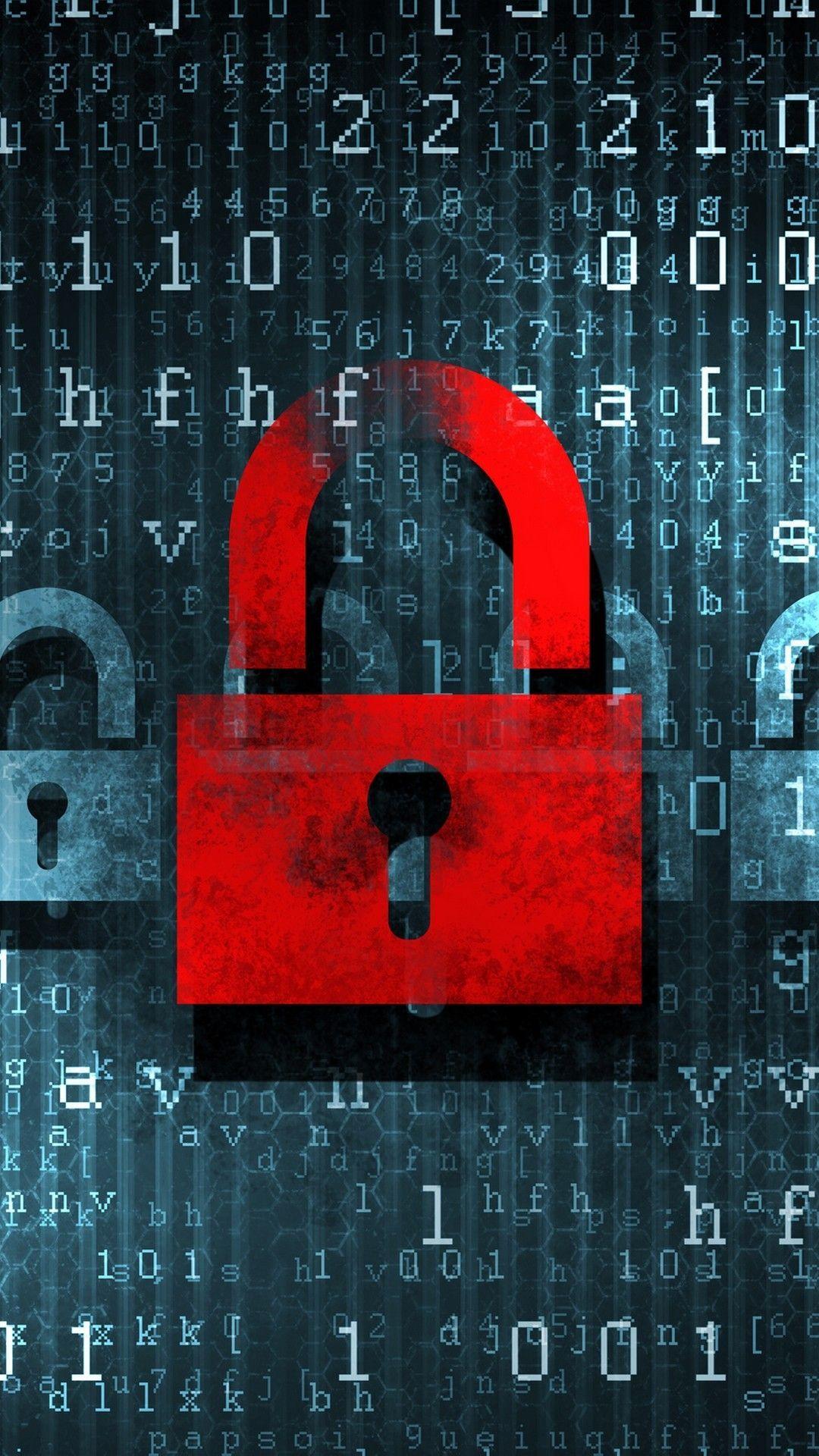Cybersecurity Myths Clarified: What You Really Need to Know
Cybersecurity Myths Clarified: What You Really Need to Know
Blog Article

the modern era of technology, online security has become a essential aspect of people's lives. As technology and the increasing reliance on the internet for both personal and professional tasks, the threats to our online safety have also expanded. Nevertheless, despite the growing awareness of these risks, many false beliefs about cybersecurity persist, resulting in confusion and passivity. It is crucial to debunk these myths so that individuals and organizations can effectively protect themselves in an ever-evolving threat landscape.
One of the most prevalent myths is the notion that online security is only a concern for big corporations or government agencies. In reality, cyber threats target all types of users, from local companies to individuals. Understanding the facts about cybersecurity can enable everyone to take preventive measures, ensuring that they are not susceptible to cyber attacks. In this piece, we will explore common cybersecurity myths, clarify the truth behind them, and provide practical advice on what you truly need to know to stay safe online.
Cybersecurity Course
Common Cybersecurity Myths
A common widespread myth is that cybersecurity rests solely on the IT department. Many people think that once the technology has been implemented and maintained, the organization is safe. In reality, cybersecurity requires collective effort that involves everyone in the organization. Employees play a critical role in identifying and preventing potential threats, such as phishing attacks and social engineering tactics. It is crucial for all employee to be educated about cybersecurity best practices to create a strong safeguard against cyber threats.
Another misconception is that relying on antivirus software suffices to protect against every cyber threats. While antivirus solutions are essential for detecting and mitigating familiar malware, they cannot catch every threat, especially advanced attacks like zero-day exploits or advanced persistent threats. A holistic cybersecurity strategy should encompass multiple layers of defense, including firewalls, employee training, and regular system updates. Depending exclusively on antivirus software can lead to a false sense of security.
Some people believe that smaller organizations aren't targeted by cybercriminals and thus need not to invest in cybersecurity. This myth poses a risk, as small businesses are increasingly becoming attractive targets for attacks due to perceived vulnerabilities and lack of resources. Cybercriminals tend to take advantage of the inadequate security measures of these organizations. No business, regardless of its size, can escape cyber threats, making it important for every organizations to focus on cybersecurity measures to protect their data and assets.
Real Threats to Your Security
In the rapidly evolving digital landscape, one notable threat to your security comes from phishing attacks. Cybercriminals often disguise themselves as authentic sources to trick individuals into revealing private information such as passwords and financial details. These misleading emails or messages may look benign, but they are carefully crafted to foster trust. Alertness is crucial, as falling for these scams can lead to disastrous consequences, including identity theft and financial loss.
Another common threat is ransomware, a malicious software that encrypts files on your computer, rendering them inaccessible until a ransom is paid. Ransomware attacks have proliferated in recent years, targeting individuals and organizations both. Once a system is compromised, the impact can be substantial, often resulting in data loss and financially draining recovery efforts. Regularly backing up data and maintaining updated security measures can help reduce the risks posed by this type of attack.
Lastly, the growing reliance on Internet of Things devices introduces new vulnerabilities. Each linked device can serve as a potential entry point for cybercriminals. Many IoT devices are not equipped with robust security features, making them vulnerable targets. Ensuring that these devices are routinely updated and secured with strong passwords is essential for protecting your overall digital security. Understanding and addressing these threats is essential for maintaining your security in an increasingly connected world.
Best Practices for Protection
One of the most effective ways to bolster your cybersecurity is to regularly refresh your devices and software. Maintaining your OS, software applications, and antivirus software current ensures that you have the latest security patches and functionalities. Cybercriminals often take advantage of known vulnerabilities, so remaining up to speed with updates reduces your exposure of cyberattacks considerably.
Utilizing robust and distinct passwords for all of your accounts is an additional essential aspect of cybersecurity. Tools like password management tools can help generate and save complex passwords securely. Furthermore, enabling copyright adds an extra level of protection, requiring a two form of verification prior to accessing your accounts online. This makes it considerably harder for attackers to breach your accounts.
In conclusion, being conscious of phishing scams is essential. Employees and individuals should be trained to identify questionable emails, links, and file attachments. Refraining from clicking on unfamiliar links and verifying the legitimacy of the email sender can stop many security breaches. Cybersecurity education is vital in establishing a secure environment both at your residence and in the office.
Report this page